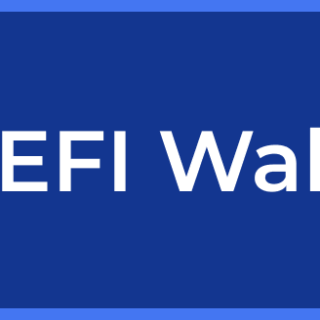Academy > Supported Blockchains & Applications
XDEFI Wallet supports Mars (MARS)

What is Mars?
Mars Protocol is a lending and borrowing protocol that operates autonomously via smart contracts. Mars was launched on the Terra ecosystem in March 2022 and has since announced its relaunch, choosing to remain in the Cosmos ecosystem as its own sovereign Layer 1 blockchain on Cosmos. Instead of operating as a single credit protocol for a single blockchain, Mars is now going to be a credit protocol available for the entire Cosmos ecosystem by leveraging the interoperability and composability that it provides — Mars can be present on any Cosmos chain by building Outposts which are interconnected and governed through the Hub in a “hub and spoke” system.
Source: Mars Protocol
What are the core features of Mars?
- Automated Market Maker (AMM): The Mars Protocol uses an AMM model to enable decentralized trading between various cryptocurrency pairs. The smart contracts on the platform automatically adjust the prices of the tokens based on supply and demand, which eliminates the need for a traditional order book and allows for more efficient price discovery.
- Liquidity provision: Users can provide liquidity to the platform by depositing pairs of tokens into smart contracts, which in turn enables trading between those tokens. Liquidity providers earn rewards in the form of MARS tokens, which are distributed proportionally based on the amount of liquidity provided.
- Yield farming: Users can earn additional MARS tokens by staking their existing MARS tokens on the platform. This incentivizes users to hold onto their tokens, which can help to stabilize the price of the token.
- Governance: The Mars Protocol includes a governance system that allows token holders to vote on proposals and changes to the protocol. This gives users more control over the direction of the platform and ensures that it remains decentralized and community-driven.
What is the native token of Mars?
The native token of Mars is called $MARS. In Mars v1, MARS stakers were responsible for governing the protocol and backstopping it in the event of a shortfall event. Staked tokens were represented by xMARS, a transferable liquid staking token. Within Mars’ new architecture, MARS stakers secure the Mars Hub network, govern outpost features and risk parameters and, in return for doing so, they earn protocol fees. Staked MARS will not be represented by a transferable liquid staking token or used to backstop the protocol (more on that below).
The token’s utility will mainly materialise via delegation. Specifically, MARS holders will be able to stake (or delegate) their tokens to a number of validators within the network in order to:
- Secure the chain: All else being equal, the more tokens staked within the network, the more secure the chain as it becomes more expensive to attack. As a result, by delegating MARS tokens to a validator, users will help secure the chain.
- Access delegated governance: When staking tokens with a particular validator, users are delegating the voting power of their tokens to that validator. In this sense, delegation allows users to participate in governance by staking their tokens with (and thereby increasing the voting power of) validators who align with their views. A user can passively allow a validator to vote on their behalf or they can actively participate in votes themselves.
- Receive fees: In return for securing the chain, a share of protocol fees will flow to validators and their delegators. Note that the share that flows to delegator

